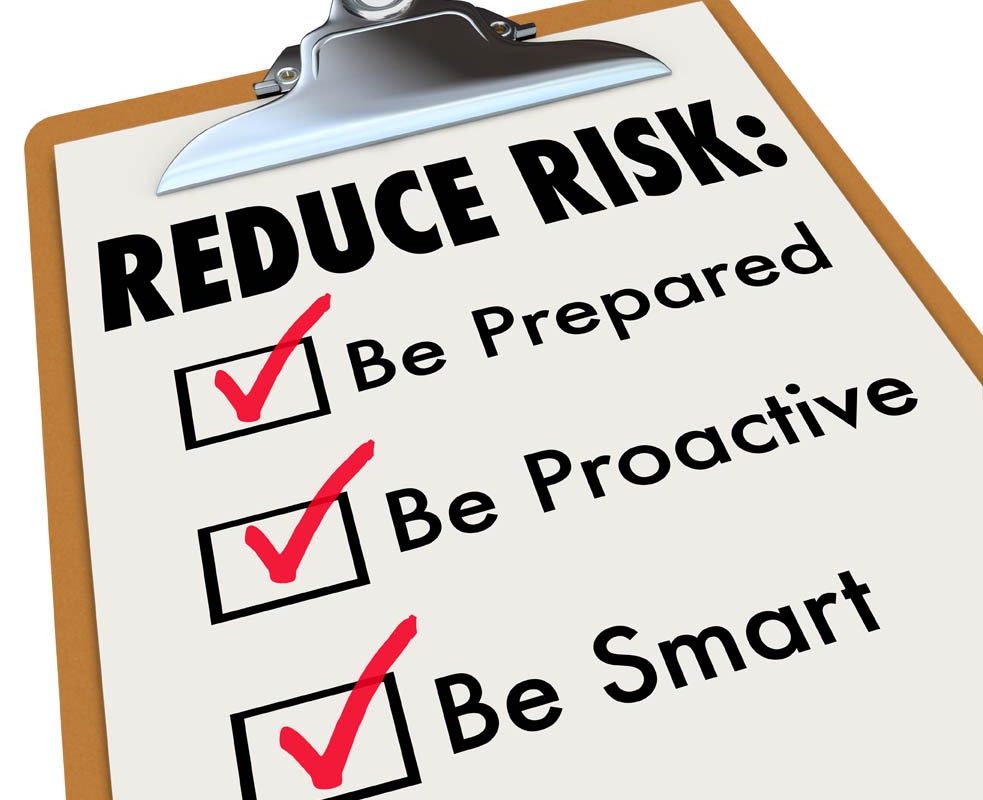All UK businesses that employ more than five people are required by law to undertake a fire safety risk assessment and keep a written report of it. This must be carried out be a “responsible person” and the assessment should be repeated on a regular basis. The law does not specify what is meant by a “regular basis” but for practical purposes it is best to carry out an assessment every year.
You should also carry out an assessment whenever anything changes. Very few businesses stand still. You might introduce a new working practice. You could move machinery about in a factory workshop. This could alter the escape routes or could block off an escape route entirely. You might start to manufacture a new product, and this could involve flammable raw materials. You could take on an additional employee. You could decide to run an additional overnight shift in your factory or warehouse. You could change your electric forklift trucks over to propane ones. If so, where are you going to store the propane?
Any one of these things, and any other changes that you make, could alter the fire safety of your business, even if something only seemed like a minor alteration at the time.
When you carry out fire risk assessments you need to identify any and all hazards, and any people at risk. You need to evaluate and remove, or reduce the risks, prepare an emergency plan, and carry out staff training. You must keep a written record of your findings and any steps taken.
Then you need to consider your fire escape route or routes and fire exits and have an emergency fire evacuation plan. Can the exit doors be easily opened? What fire detection and warning systems do you have in place? Can your fire-fighting equipment be easily reached, and is it all in perfect working order? Do you need additional fire-fighting appliances? What about substances on your premises that are flammable? Are they stored safely? Have you taken into account that there might be disabled people on your premises – not necessarily your staff – but customers who might have difficulty walking, or might even be in a wheelchair?
Then there are your fire escape plans. You should have a plan showing clearly marked except routes that are as short as possible, and enough routes and exits to allow everyone to escape. You should have emergency exit doors that open easily, and emergency lighting if necessary. You also need a safe meeting point for staff.
Of course, if all this seems too much like hard work – and it most certainly can be for the untrained eye – you can always call us in at UK-FireRisk Assessments and we can take the whole difficult job off your hands.

